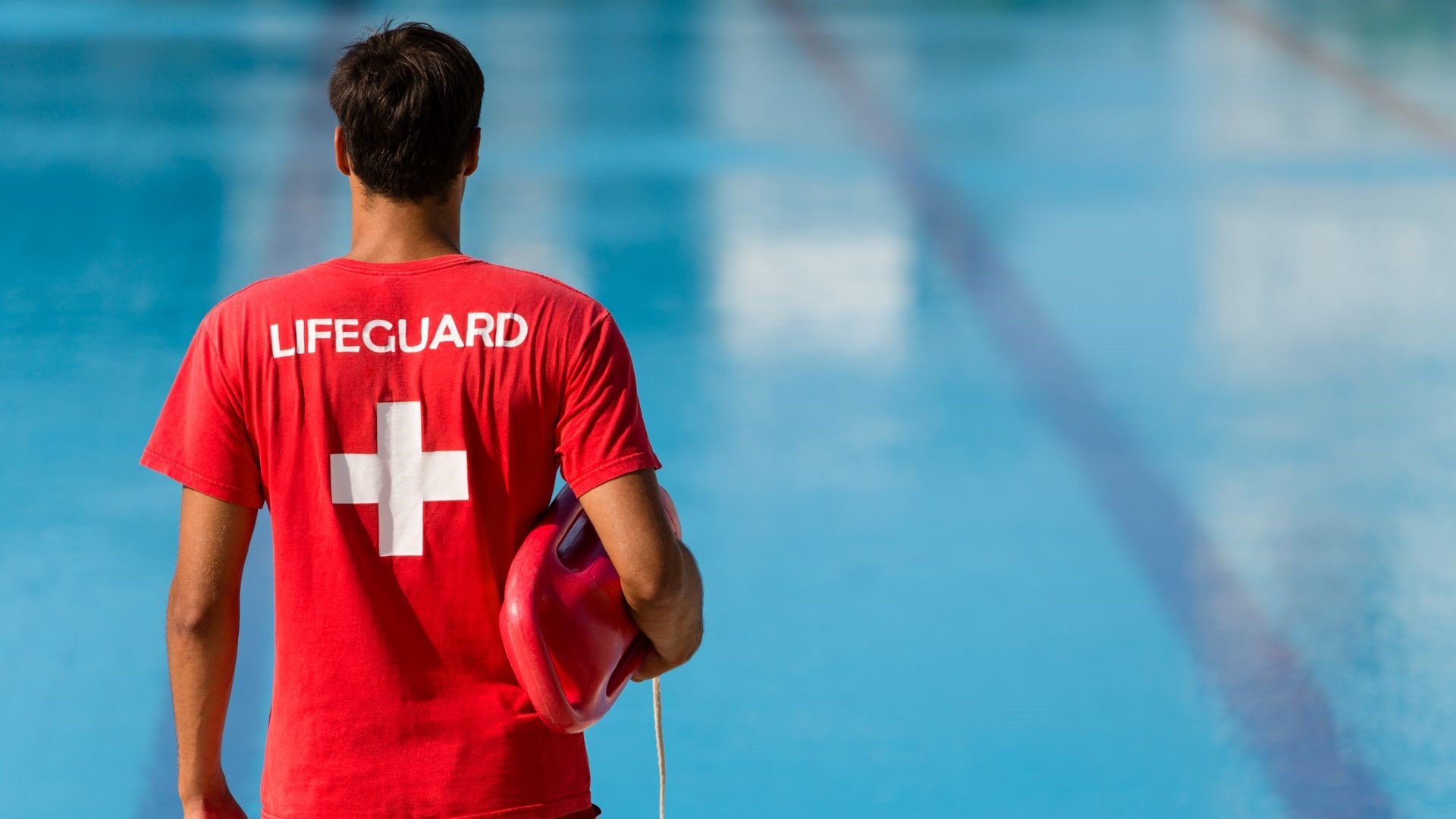Develop Attentive and Effective Lifeguards

Drowning disproportionately impacts young people, and well-trained, alert lifeguards are the primary defense against accidental drowning. To promote lifeguard attentiveness at your K-12 school, college, or university, consider the following actions.
Emergency Preparedness Training
Most lifeguards have little hands-on experience responding to emergencies, so your institution should require consistent training to keep skills fresh. Additionally, lifeguards often need regular emergency response instruction to maintain certifications. Aquatics experts recommend emergency preparedness training on:
- Recognizing signs of individuals in distress in and around the water
- Activating the emergency action plan
- Performing rescues for active, passive, and submerged victims
- Resuscitating drowning victims
Practice multiple emergency scenarios and consider supplementing instruction sessions with unannounced “spot training” drills. One popular drill involves dropping a dummy in the pool and timing the on-duty lifeguard’s victim recognition and response. Lifeguards who fail to recognize and respond within the required time might be assigned more training or scanning practice to improve response times.
Alertness
Even with well-trained lifeguards, long shifts pose a challenge to alertness. Aquatics management can combat boredom and promote attentiveness by encouraging lifeguards to:
- Remain active. Sitting lifeguards should change positions every 15 to 30 minutes and take regular breaks away from the pool deck throughout their shift. Consider implementing a roving lifeguard post, especially during busy times, to provide backup coverage and break the monotony of sitting.
- Track swimmers in their zones. Assign lifeguards zones and place them around the pool accordingly. As a guideline, try to assign each guard to an area that can be effectively scanned in 10 seconds and where victims can be reached in about 20 seconds. This is known as the “10/20 rule.” Ask lifeguards to count or track swimmers in their zones and pay particular attention to weak or struggling swimmers. To avoid complacency, ensure lifeguards regularly change scanning patterns.
More From UE
Preventing Drowning From Underwater Breath-Holding
Checklist: Swimming Pool Safety
Additional Resources
About the Author
-

Heather Salko, Esq.
Manager of Risk Research
Heather oversees the development of risk research publications. Her areas of expertise include employment law, Title IX, and student mental health. Before joining the Risk Research team, she practiced employment and insurance coverage law and handled UE liability claims for more than a decade.